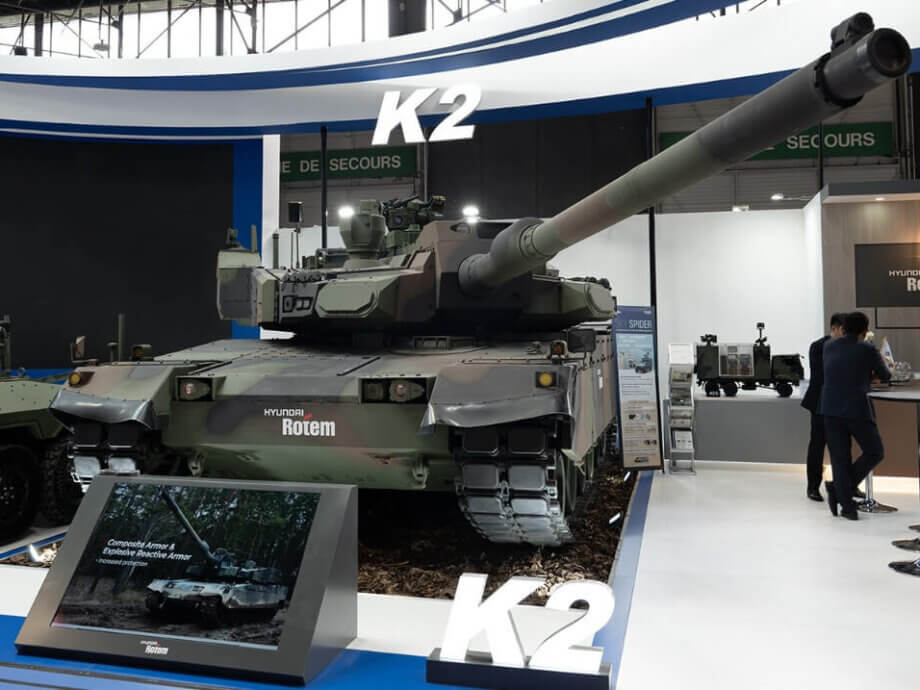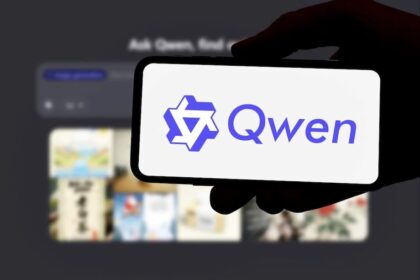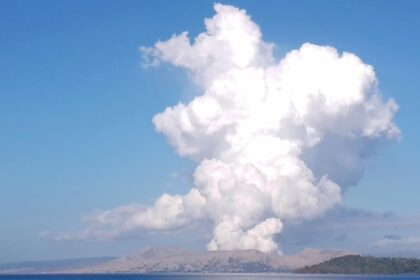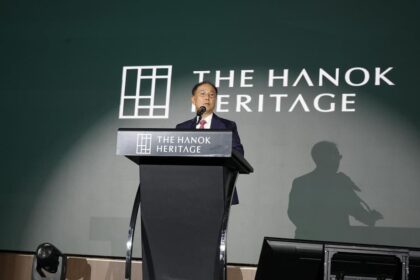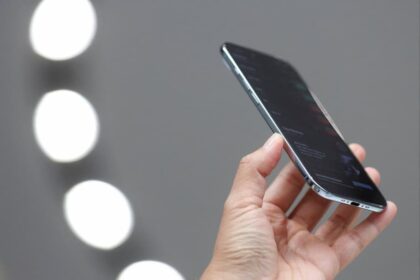South Korea’s Defense Industry Booms as NATO Ramps Up Military Spending
South Korea’s defense industry is experiencing an unprecedented surge, propelled by a dramatic shift in global security priorities and a historic increase in NATO military spending. As the alliance faces mounting threats from Russia and China, European and North American nations are racing to rearm, creating new opportunities—and challenges—for South Korean arms exporters. This article explores the forces behind this boom, the deals reshaping the global arms market, and the broader implications for security and industry worldwide.
- South Korea’s Defense Industry Booms as NATO Ramps Up Military Spending
- Why Is NATO Increasing Its Defense Spending?
- South Korea’s Rise as a Global Arms Exporter
- Why Are European NATO Members Turning to South Korea?
- Challenges and Risks for South Korea’s Defense Industry
- Expanding Beyond Europe: New Markets and Strategies
- The Global Arms Race: Broader Implications
- In Summary
Why Is NATO Increasing Its Defense Spending?
The catalyst for NATO’s spending surge is a rapidly deteriorating security environment. In a stark warning, NATO Secretary-General Mark Rutte recently stated that “Russia could be ready to use military force against NATO within five years.” He emphasized the need for a “quantum leap” in collective defense, citing Russia’s accelerated rearmament and China’s rapid military modernization. Rutte’s remarks, delivered ahead of the June 2024 NATO summit in The Hague, set the stage for a major policy shift: raising the alliance’s minimum defense spending target from 2% to 5% of GDP.
This new target, strongly backed by U.S. President Donald Trump, reflects a consensus that the threats facing NATO are not temporary. The war in Ukraine, Russia’s production of thousands of tanks and missiles, and China’s growing military assertiveness have convinced alliance members that higher spending is essential for deterrence and preparedness. The proposed 5% goal would allocate 3.5% to core military needs and 1.5% to infrastructure and industrial investment, aiming to address both immediate and long-term security requirements.
European defense spending has already risen sharply, with a reported 11.7% year-on-year increase to $457 billion in 2024. If the 5% target is adopted, spending could surge to $800 billion, fundamentally reshaping the global arms market.
Canada and Other NATO Members Respond
Canada, long criticized for lagging on defense investment, has pledged to meet the 2% target this year and is preparing for further increases. Prime Minister Mark Carney described the current era as a “hinge moment” for Canadian security, citing the need to assert sovereignty and reduce reliance on U.S. military support. Canada is now considering diversifying its defense partnerships, including potential submarine purchases from South Korea and Europe, and investing in domestic production capabilities.
Other NATO members, such as Poland, Germany, and the Nordic countries, are also dramatically increasing their military budgets and seeking new suppliers to quickly modernize their arsenals.
South Korea’s Rise as a Global Arms Exporter
South Korea has rapidly ascended the ranks of global arms exporters, becoming the world’s 10th largest in 2023 with $14 billion in defense exports to 12 countries. The government’s ambition is clear: to become the fourth-largest arms exporter by 2027. This rise is driven by several factors:
- Speed and Reliability: South Korean defense firms can deliver modern, NATO-compatible systems in months, not years—a crucial advantage as Europe seeks to rearm quickly.
- Cost-Effectiveness: Korean weapons offer high quality at competitive prices, making them attractive to countries facing budget constraints.
- Technology Transfer and Local Production: Many deals include provisions for local manufacturing and technology sharing, strengthening the buyer’s own defense industry.
- Bipartisan Political Support: Both liberal and conservative governments in Seoul have prioritized defense exports, ensuring policy continuity and strong diplomatic backing.
Landmark Deals: Poland Leads the Way
The most significant example of South Korea’s export success is its partnership with Poland, one of NATO’s most aggressive military spenders. In 2022, Poland signed a $44.2 billion deal to purchase a range of Korean-made weapons, including Hanwha Aerospace’s K9 self-propelled howitzers, Hyundai Rotem’s K2 main battle tanks, and Korea Aerospace Industries’ FA-50 light combat aircraft. Polish President Andrzej Duda praised Korean manufacturers for their ability to “supply wonderful modern weapons within just a few months” of Russia’s invasion of Ukraine.
Building on this partnership, Hyundai Rotem and the Polish government are finalizing a $6 billion deal for 180 additional K2 tanks. Of these, 117 will be produced in Korea and 63 locally in Poland, reflecting the growing emphasis on technology transfer and local production. This would be Korea’s largest single arms export deal to date.
Other European countries, including Norway, Finland, and Romania, have also turned to South Korea for artillery, armored vehicles, and air defense systems. In July 2024, Romania confirmed the purchase of 54 K9 howitzers and 36 K10 resupply vehicles for $920 million.
Why Are European NATO Members Turning to South Korea?
Europe’s rush to rearm is not just about quantity, but also about speed, interoperability, and political considerations. Several factors make South Korean weapons particularly appealing:
- NATO Compatibility: Korean systems are designed to meet NATO standards, ensuring seamless integration into alliance forces.
- Production Bottlenecks in the West: U.S. and European defense industries are struggling to meet surging demand, with production lines for key systems like HIMARS and Patriot interceptors already at capacity.
- Political Uncertainty: Concerns about the reliability of U.S. security guarantees, especially under President Trump, have prompted European governments to diversify suppliers and reduce overreliance on American arms.
- Technology Transfer: South Korea’s willingness to share technology and enable local production is attractive to countries seeking to strengthen their own defense industries.
As one Danish lawmaker put it after purchasing U.S.-made F-35s: “Buying American weapons is a security risk we cannot run.” This sentiment is echoed across Europe, where officials are increasingly disillusioned with the unpredictability of U.S. foreign policy.
Strategic Alignment and Shared Values
South Korea’s alignment with Western security interests further strengthens its appeal. While North Korea supports Russia with munitions and troops, South Korea has firmly sided with the West, providing humanitarian aid to Ukraine and supplying key military systems to NATO allies. Both South Korea and Europe are democratic, export-oriented economies facing authoritarian neighbors, creating fertile ground for deeper cooperation in conventional arms, cybersecurity, and advanced technologies.
Challenges and Risks for South Korea’s Defense Industry
Despite its current success, South Korea’s defense industry faces several challenges that could affect its long-term trajectory:
- Competition from Other Exporters: Countries like Japan are easing restrictions on arms exports, and European leaders such as France’s Emmanuel Macron are pushing for greater European defense autonomy. This could reduce future demand for Korean weapons.
- Political Uncertainty: The outcome of the U.S. presidential election and the future of the Ukraine conflict could significantly impact European defense spending and procurement patterns.
- Industrial Capacity and Workforce: South Korean defense firms are already experiencing shortages of skilled research and development personnel, which could hinder their ability to innovate and meet future demand.
- Dependence on High Demand: The current boom is driven by extraordinary circumstances. If the Ukraine war ends or European priorities shift, demand could decline sharply.
To address these risks, South Korean companies are diversifying their export markets, pursuing joint production agreements, and investing in overseas operations. The government is also being urged to provide stronger leadership and coordination to support the industry’s global ambitions.
Expanding Beyond Europe: New Markets and Strategies
South Korea is not limiting its ambitions to Europe. The defense industry is actively seeking new markets in Latin America, the Middle East, and Southeast Asia. Recent deals include shipbuilding contracts with Peru, major arms sales to the United Arab Emirates, Egypt, and Saudi Arabia, and technology transfer agreements with partners in the region.
One unique aspect of South Korea’s approach is the use of military donations to establish relationships and open new markets. Over the past decade, Seoul has donated corvettes and patrol vessels to countries like Colombia, Ecuador, Peru, and Uruguay, hoping to secure future sales of more advanced systems.
By offering “all-in-one” package deals that include non-military products, such as trams alongside tanks, South Korean firms are also leveraging their broader industrial capabilities to win contracts and build long-term partnerships.
The Global Arms Race: Broader Implications
The surge in South Korean defense exports is part of a wider global trend. In 2024, world military spending reached a record $2.7 trillion, the steepest annual increase since the end of the Cold War. Traditional exporters like the United States, France, Russia, China, and Germany still dominate the market, but new players—including South Korea, India, Turkey, and Israel—are rapidly increasing their share.
This new arms race is not just about numbers, but about technology. Nations are investing heavily in next-generation weapons, including drones, hypersonic missiles, artificial intelligence, and cyber capabilities. The competition for market share is fierce, and the ability to innovate and deliver quickly is more important than ever.
However, the rapid expansion of military spending and arms production also raises concerns about arms control, political stability, and the potential for new conflicts. As countries divert resources to defense, there may be trade-offs with social spending and economic development.
In Summary
- NATO is dramatically increasing its defense spending in response to threats from Russia and China, with a proposed target of 5% of GDP.
- South Korea has emerged as a leading arms exporter, capitalizing on Europe’s urgent need for modern, NATO-compatible weapons.
- Landmark deals with Poland and other NATO members have cemented South Korea’s role as a key supplier, thanks to its speed, cost-effectiveness, and willingness to share technology.
- European countries are diversifying suppliers due to production bottlenecks in the West and concerns about U.S. reliability.
- South Korea is expanding into new markets and leveraging donations and package deals to build long-term partnerships.
- Challenges remain, including competition from other exporters, political uncertainty, and workforce shortages.
- The global arms race is accelerating, with implications for security, industry, and international stability.


